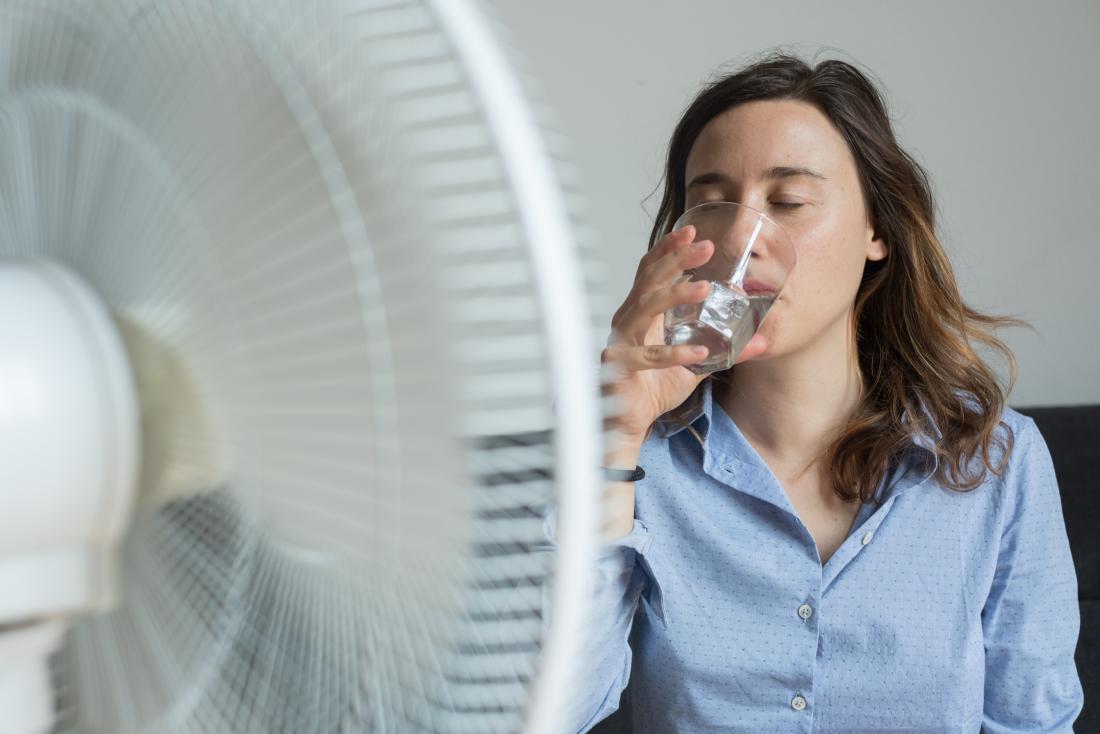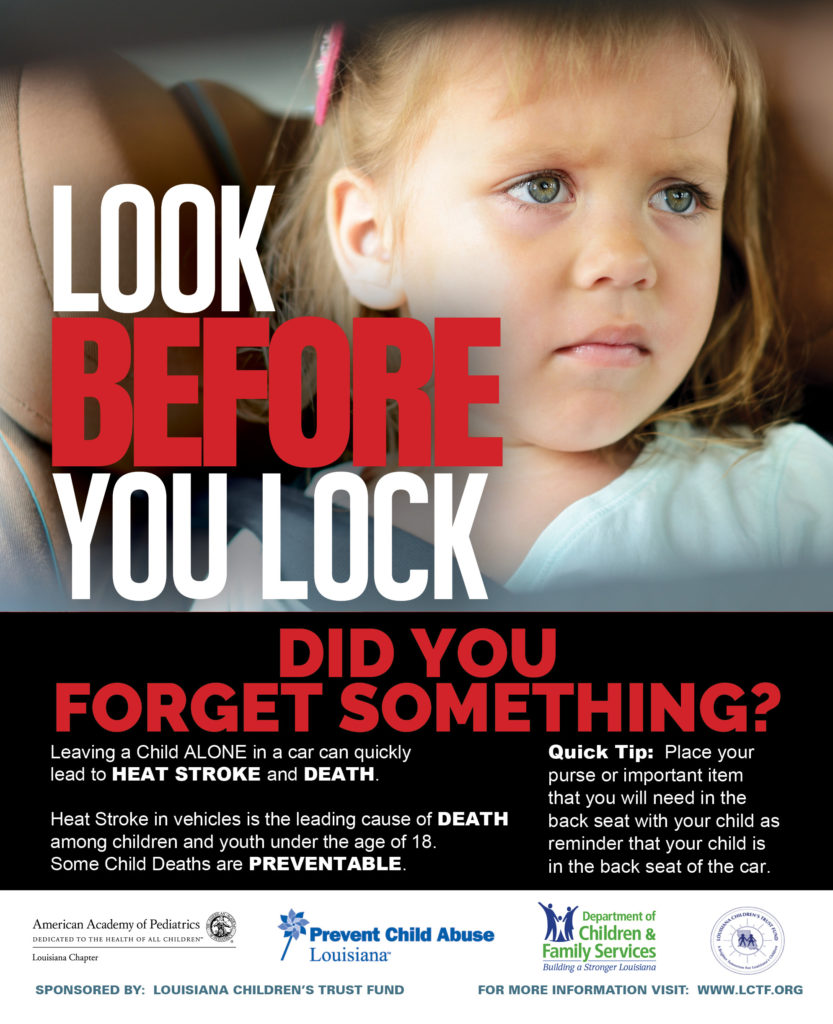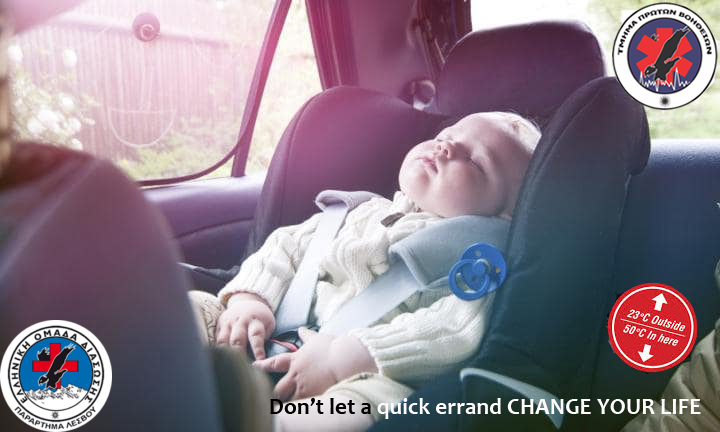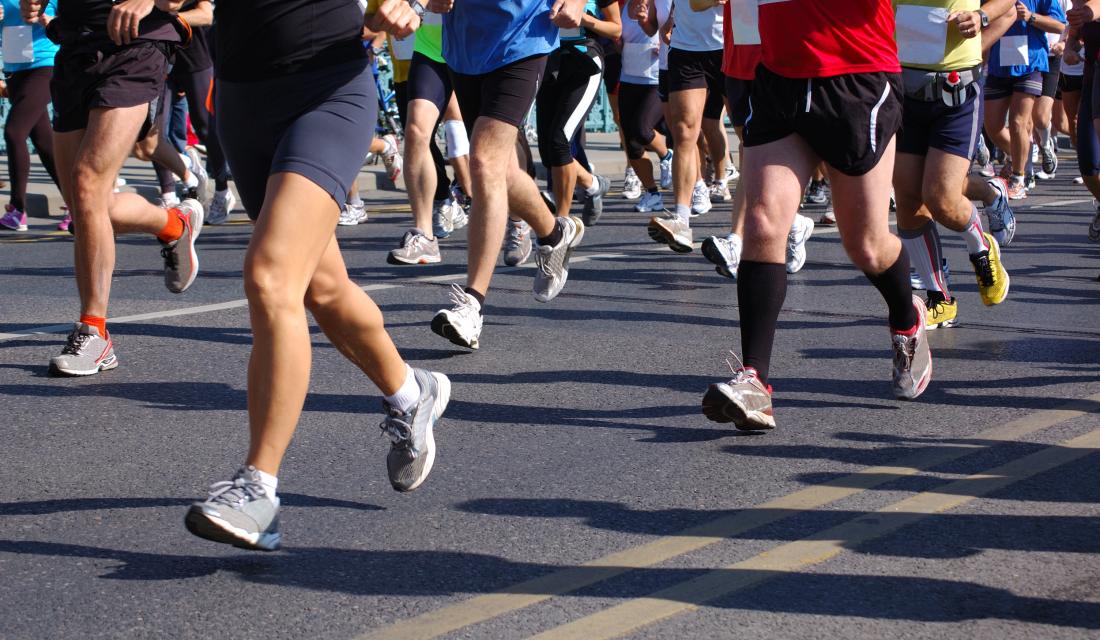What should you know about hyperthermia?
Hyperthermia refers to a group of heat-related conditions characterized by an abnormally high body temperature — in other words, the opposite of hypothermia.
The condition occurs when the body’s heat-regulation system becomes overwhelmed by outside factors, causing a person’s internal temperature to rise.
Hyperthermia is considered separate from conditions where internal body sources, such as infection, heat-regulating problems, and adverse drug reactions or overdoses cause a raised body temperature.
In humans, core body temperature ranges from 95.9°F to 99.5°F during the day, or 35.5°C to 37.5°C. In contrast, people with some level of hyperthermia have a body temperature of more than 100.4°F (38°C).Fast facts on hyperthermia:
- A body temperature of more than 104°F (40°C) is defined as severe hyperthermia.
- Heat exhaustion is one of the more serious stages of hyperthermia.
- Any activity that involves exercise in warm, humid, environments increases the risk of this condition.
What are the symptoms?

Hyperthermia is a group of conditions where the body becomes too hot and cannot regulate its temperature.
The symptoms of hyperthermia depend on the stage it has reached or how much the body is overheated. Symptoms of overheating may develop very quickly or over the course of hours or days.
As the body attempts to cool itself by sweating, the sweat takes with it water and crucial salts called electrolytes, causing dehydration.
Mild dehydration tends to cause minor symptoms, such as headache and muscle cramps.
Severe dehydration, however, can strip the body of its ability to cool. Without treatment, this can result in dangerously high body temperatures and life-threatening conditions, including organ failure and death.
Types of hyperthermia and their associated symptoms include:
Heat fatigue and cramps
This stage of hyperthermia causes:
- excessive sweating
- exhaustion
- flushed or red skin
- muscle cramps, spasm, and pain
- headache or mild light-headedness
- nausea
Heat exhaustion
Heat exhaustion, if left untreated, can lead to heat stroke, which is a life-threatening condition.
Symptoms of heat exhaustion include:
- cold, pale, wet skin
- extreme or heavy sweating
- fast but weak pulse
- nausea, vomiting, and diarrhea
- headache
- muscle cramps
- exhaustion
- weakness
- intense thirst
- dizziness
- less frequent urination and dark urine
- difficulty paying attention or concentrating
- mild swelling of the feet and ankles or fingers and hands
- temporarily fainting or losing consciousness
Heat stroke
Without treatment, heat stroke can lead to dangerous complications, especially in young children, those whose immune system is compromised, and people over 65 years of age.
Hyperthermia is also more likely to cause complications in people with heat-related, heart, and blood pressure conditions.
With heat stroke the body temperature is more than 103°F to 104°F, depending on a person’s normal, average body temperature.
Temperature and many of the other early signs of heat stroke are the same as those for heat exhaustion. Symptoms of heat stroke include:
- fast, strong pulse or very weak pulse
- fast, deep breathing
- reduced sweating
- hot, red, wet, or dry skin
- nausea
- headache
- dizziness
- confusion
- disorientation
- blurred vision
- irritability or mood swings
- lack of coordination
- fainting or losing consciousness
Symptoms of severe heat stroke include:
- seizure
- organ failure
- coma
- death
Another condition that may occur with severe heat stroke is known as rhabdomyolysis. This is when a protein released from damaged skeletal muscle cells causes kidney damage.
What are the treatments?

Cooling down with a drink of cold water or using a fan to cool the skin will benefit those with mild to moderate hyperthermia.
A person should immediately stop what they are doing and move to a cool, shaded place with good airflow if they suspect hyperthermia.
People should seek medical attention if heat cramps last longer than one hour after they have rested in a cool place.
Medical attention should also be sought for general symptoms that do not improve within 30 minutes of rest and care.
Additional tips for treating mild to moderate hyperthermia include:
- sipping cool water or an electrolyte drink
- loosening or removing excess clothing
- lying down and trying to relax
- taking a cool bath or shower
- placing a cool, wet cloth on the forehead
- running the wrists under cool water for 60 seconds
- not resuming activity until symptoms have gone away
- placing ice packs or compresses under the arms and groin
- using a fan to cool the skin
If heat stroke is suspected or symptoms persist, 911 must be called immediately or the individual must be taken to the emergency room.
Another person will have to help if the individual with heat stroke is unconscious or very disorientated.
Guidelines for treating heat stroke include:
- moving to a cool, shaded, well-ventilated area
- laying down
- loosening or removing excess clothing
- calling 911 or seeking medical attention
- not eating or drinking anything unless fully conscious
- taking a cool shower or bath
- using cool, wet cloths on the skin
Once in the hospital, doctors may give intravenous fluids containing electrolytes and possibly chilled fluids.
Individuals will be closely monitored until symptoms resolve and their body temperature returns to a safe level, which can take several hours.
Additional emergency medication and treatment may be necessary for severe or complicated cases of heat stroke, including if organ failure, seizure, or other medical conditions have occurred.
Severe cases of hyperthermia often require several days of hospitalization and monitoring until a person is fully recovered.
What causes hyperthermia?
Hyperthermia occurs when the body can no longer release enough of its heat to maintain a normal temperature.

The body has different coping mechanisms to get rid of excess body heat, largely breathing, sweating, and increasing blood flow to the surface of the skin.
But when the environment outside is warmer than the inside of the body, the outside air is too warm or humid to passively accept heat from the skin and evaporate sweat, making it difficult for the body to release its heat.

As overheating progresses, more and more moisture and electrolytes are lost from the body, lowering blood pressure and limiting sweating.
Risk factors
Hyperthermia often occurs during physical exertion or exercise in a warm or humid environment.
During exercise, blood pressure rises to deliver more oxygen to working tissues, increasing body temperature and the amount of work the body must do to maintain a stable temperature.
When combined with other factors, such as warm weather that also raises the body temperature and reduces its ability to release heat, it is unsurprising that exercise can increase the likelihood of overheating.
Though less common, hyperthermia can also take place while someone is resting, especially during extreme heat waves. Those on certain medications, diets, and with some medical conditions can also be affected by hyperthermia even when they are at rest.
As well as a person being under 16 years old or more than 65 years of age, the risk factors for hyperthermia include:
- immune conditions
- heart conditions
- blood pressure or circulation conditions
- lung, kidney, and liver conditions
- dehydration, especially chronic dehydration
- metabolic conditions
- diabetes
- sweat gland or sweating conditions
- obesity
- excessive alcohol intake
- smoking
- being underweight
- gastroenteritis
- diuretic medications, usually for high blood pressure or conditions, such as glaucoma and edema
- medications for the central nervous system, including antihistamines, antipsychotics, and beta-blockers
- a low sodium diet or low salt diet
- illicit drug use, particularly synthetic marijuana
Activities that carry the greatest risk for hyperthermia
Common activities that increase the risk of hyperthermia include:

Those taking part in marathons or long distance running are at risk of hyperthermia.
- football
- soccer
- rugby
- cricket
- marathon or long-distance running
- using saunas and hot tubs
- hiking
- biking
Several jobs or types of work also increase the risk of hyperthermia. Common occupations or work associated with an increased risk of hyperthermia include:
- the military
- construction
- manufacturing
- emergency, including firefighters, police, and 911 medical teams
- agriculture
- forestry
- surveyors
- conservationists and field biologists
- park staff and wildlife officials
These occupations carry a risk because they expose people to extreme heat, or involve protective equipment, such as firefighting gear that severely limits airflow and the body’s ability to cool itself.
